As corporate Australia seeks to address greenhouse gas emissions and other climate-related risks, alignment of ESG targets is increasingly at the centre of conversation.
According to the latest research from ASCI, 61% of ASX200 companies have committed to Net Zero targets, up from 48% last year, with medium-term targets (i.e. targets that mature between 2026-2039) in particular on the rise.
However, with targets fast-approaching for many businesses and experts saying the climate crisis is worsening, it’s clear that businesses can’t do it alone. Especially when it comes to Scope 3.
The challenge of Scope 3
There are three types of emissions that contribute to a business’ carbon footprint. Scope 1 emissions are those directly created by an organisation, like burning fuel in a company-owned fleet of vehicles or in a gas-powered furnace within a building it owns and operates. Scope 2 emissions are created indirectly from purchased energy, such as using grid-supplied electricity used to turn the lights on at your workplace.
But what are Scope 3 emissions? And why is reducing Scope 3 emissions so hard?
Simply put, Scope 3 emissions encompass all the other indirect emissions created by other companies, such as vendors and suppliers whose goods and services are being procured as a result of business activities. For example, the fuel consumption of a third-party truck that’s transporting materials to a development site would contribute to Charter Hall’s Scope 3 emissions.
Scope 3 emissions alone make up 65-95% of most companies’ carbon impact and are a lot more complicated to reduce and manage.
You can now read the full whitepaper at the link below








